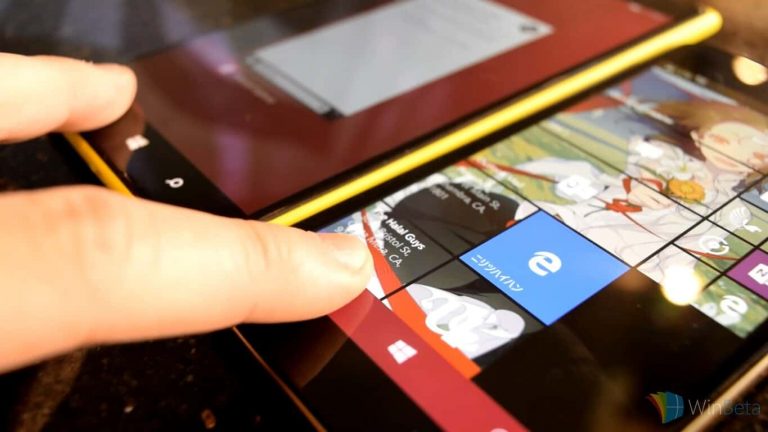Got a spare Windows Phone-powered Lumia device laying around and a bunch of free time? The developer of Windows Phone Internals has updated his tool that enables users to meddle with and ultimately unlock the full potential of their devices, to version 2.4.
Just a little while ago, Windows Phone Internals had been updated to 2.3 but the .1 bump now includes a few fixes that some users may have been waiting to see addressed before jumping on board.
According to the changelog, users can expect:
- FIX: Disabling Root Access could result in a BSOD on some phones.
- FIX: Unlocking the bootloader on some Lumia 950’s and 950 XL’s could result in a BSOD on the phone. Windows Phone internals detected this and reverted the changes. This version will prevent this situation and should unlock all Lumia 950’s and 950 XL’s correctly now.
- FIX: Sometimes the driver for mass storage mode fails to start properly on PC. This could stall the unlock process of Windows Phone Internals. This version properly detects the failing driver, reverts the changes and informs the user. The user can retry to unlock the phone after the phone booted properly again.
- FIX: The commannd-line interface of WPinternals.exe is working properly now.
- FIX: The “Restore bootloader” function can now properly restore the original bootloader, when the unlock process was interrupted for some reason.
- FIX: While scanning for a flashing profile, Windows Phone Internals could end up interrupting the process due to an exception. The exception is handled properly and the process should finish correctly now.
- FIX (experimental): Reset Protection Protection: The Reset Protection Response Data is backed up when the bootloader is unlocked. And it is restored when you restore the bootloader.
- FIX: Regression bug: Restore Bootloader was not working properly anymore on Lumia x2x devices.
- LIMITATION: After unlocking the bootloader, the iris scanner does not work anymore on Lumia 950 and Lumia 950 XL. This is a limitation of SecureBoot Unlock v2. SecureBoot Unlock v2 removes all policies and this also disables the iris scanner. Windows Hello does not work properly anymore. To fix the problem you can restore the bootloader.
- LIMITATION: Due to the complexity of SecureBoot Hack v2, unlocking mounted ROM images is only possible for Lumia’s with bootloader Spec A. For Lumia’s with bootloader Spec B you can create Custom ROM’s with Root Access using the “Build and capture” technique, as described on the Getting started page.
- Many other improvements.
If you’re still wondering what all the hoopla is about regarding the ability to unlock mounted ROM or using a command line interface on your phone, Windows Latest found a developer willing to walk users through using Windows Phone Internals to load Windows RT 8.1 onto devices.
That’s right, you too can outfit your phone with the ill-fated precursor to Windows 10 on ARM. Probably most importantly, you can get a brief taste of dual-windowed apps and more robust browsing experience that was found in Windows 8.1. Here are some details about how to proceed:
Install Windows RT 8.1 on Lumia Windows Phone
- Download and install Windows Phone Internals Tool 2.4 from here.
- Connect your phone to PC and unlock your phone with WPInternals. Enter the mass storage mode.
- Copy registry files from MainOS partition and DPP partition.
- Download Windows RT 8.1 ISO images and Windows Phone 8.1 firmware image for your phone.
- Also, download Lumia 2520 recovery images.
- Extract drivers, re-assembly INF files.
- Patch some drivers.
- Self-sign some drivers.
- Delete MainOS and Data partition.
- Create a new NTFS partition for Windows RT, do not modify other partitions.
- Apply system image (dism works fine).
- Copy DPP files back (C:\DPP).
- Modify sysprep tasks.
- Apply BCD configuration.
- Boot and let OOBE fail once.
- Go to mass storage mode again, mount registry and force OOBE run again.
Despite being EOL, it seems the developer community has taken the reigns of Windows Phones’ future and given some, something to look forward to.


